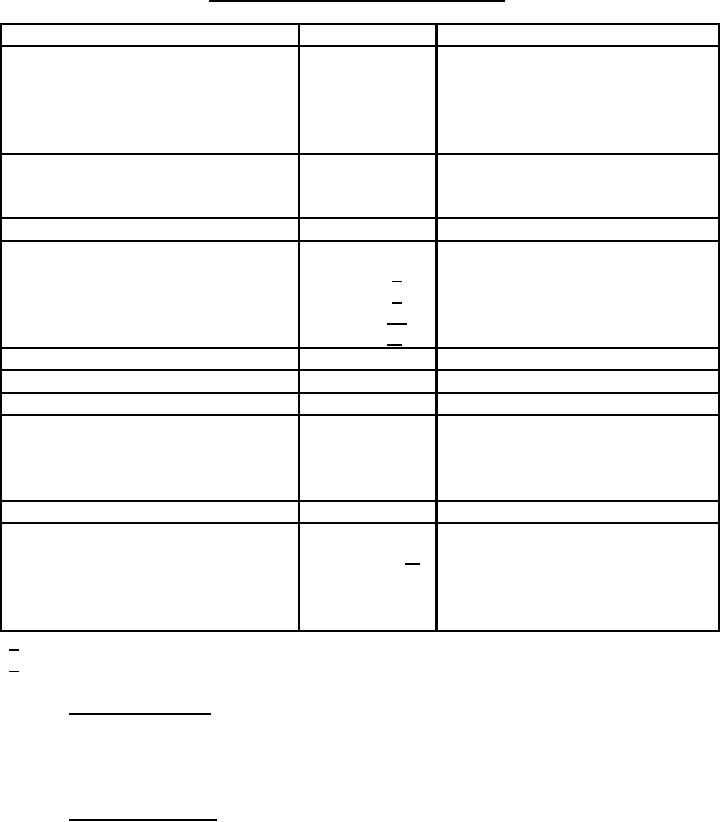
A-A-55294A
TABLE I. Basic material physical requirements - continued
Characteristic
Requirement
Test method
Breaking strength, (lbs., min.)
200
ASTM-D-5034, Option G-T or G-
Warp
E
Filling
90
ASTM-D-5034, Option G-T or G-
E
Tearing strength, (lbs., min.)
Warp
7.0
ASTM-D-1424
Filling
5.0
ASTM-D-1424
3
2
Air permeability, (ft. /min./ft. ), max.
10.0
ASTM-D-737
Colorfastness to:
"good" 1/
Laundering
AATCC 61, 3A
Perspiration
AATCC 15
"good" 1/
Crocking
AATCC 8
"good" 1/
Light
AATCC 16, Option A
"good" 1/
Spectral reflectance, (nanometers)
600 - 860
3.2.1.2
Non-fibrous material, (%, max.)
2.0
ASTM -D-629, Section 9
pH
5.0 - 8.5
ASTM-D-2165
Dimensional stability
(percentage, max.)
Warp
3.5
AATCC 96, Option 1C & D
Filling
3.5
AATCC 96, Option 1C & D
Seam efficiency, (% max.)
80
ASTM-D-1683
Water repellency
Dynamic absorption
AATCC 70
Lot average 2/
25
Initial
25
After 15 launderings
90, 90, 80
AATCC 118
Spray rating (3 determinations)
1/ or equal to standard sample
2/ No individual specimen shall exceed 30.
3.2.1.1 Electrostatic decay. The finished cloth, when charged toward +5000 volts and -5000
volts, reads a minimum level of +4000 and -4000 volts, respectively, and shall dissipate 90
percent of the charge in one-half second or less after five launderings on the face side. The
test shall be conducted in accordance with AATCC 96 and ASTM-D-4258.
3.2.1.2 Spectral reflectance. The spectral reflectance values for each color in the Woodland
Camouflage printed cloth shall conform to the requirements specified in Table II.
3
For Parts Inquires submit RFQ to Parts Hangar, Inc.
© Copyright 2015 Integrated Publishing, Inc.
A Service Disabled Veteran Owned Small Business